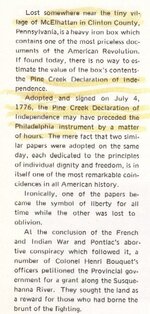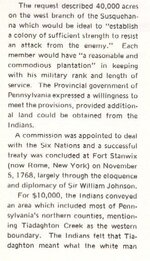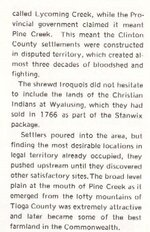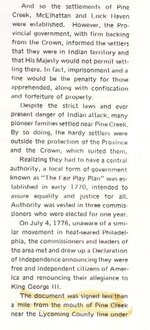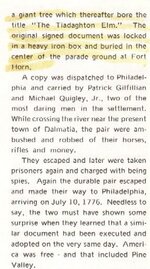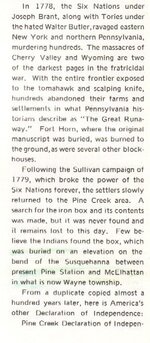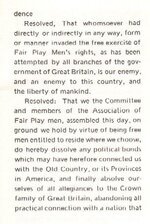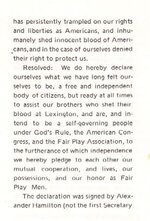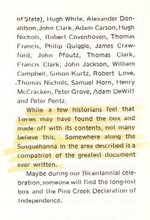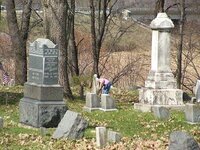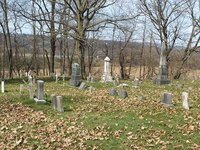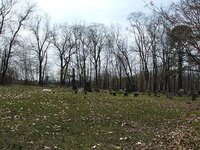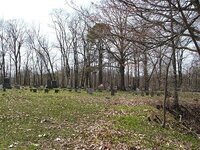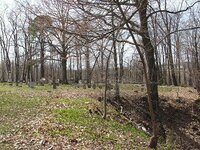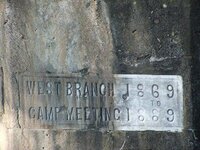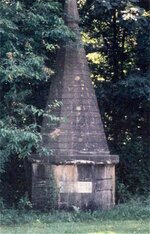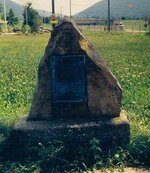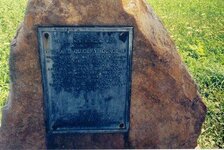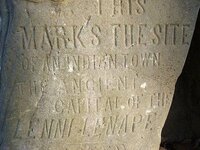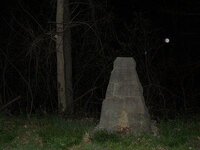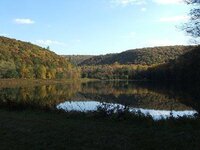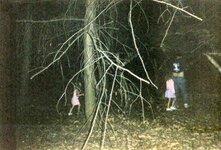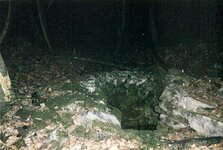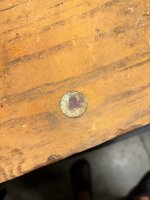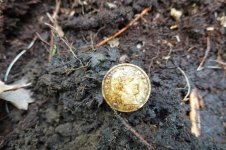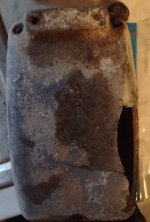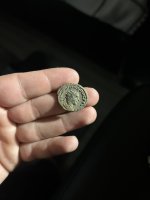Somewhere where fort Horn stood,
is said to be an IRON BOX
in this box is a document placed there in 1776.
this was a Decleration of independence from the Crown of England.
stating that the citizens of the settlement were free and indipendent.
it was written at the same time as the famous decleration.
Pine Creek was destroyed by the Six Nations with help from the British in 1778.
the settlers wern't able to return till 1779
by then FORT HORN & PINE CREEK was burned to the ground.
is said to be an IRON BOX
in this box is a document placed there in 1776.
this was a Decleration of independence from the Crown of England.
stating that the citizens of the settlement were free and indipendent.
it was written at the same time as the famous decleration.
Pine Creek was destroyed by the Six Nations with help from the British in 1778.
the settlers wern't able to return till 1779
by then FORT HORN & PINE CREEK was burned to the ground.



 My husband says he knows where it’s at so he will take me to it. It’s at the site of Fort Horn so my hubby say’s, but that wouldn’t be 4 miles from Lock Haven. I think it would be a little further than 4 miles but I can check that out to make sure.
My husband says he knows where it’s at so he will take me to it. It’s at the site of Fort Horn so my hubby say’s, but that wouldn’t be 4 miles from Lock Haven. I think it would be a little further than 4 miles but I can check that out to make sure.